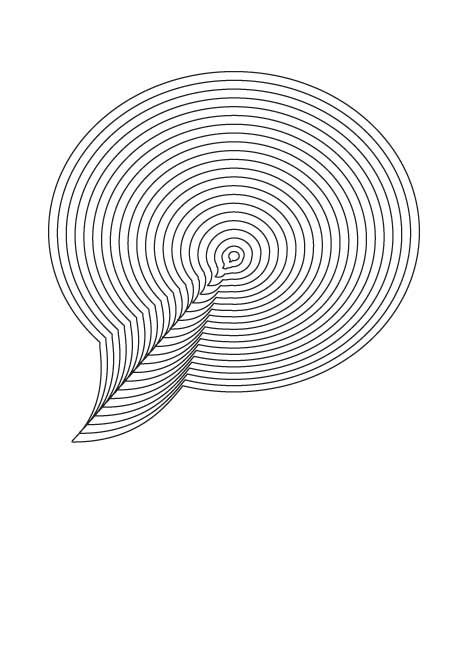LISTENING TO MUSIC MEANS LISTENING TO MUSIC OVER AGAIN
Listening to music over again is generally considered something different from, say, looking repeatedly at a picture. When looking at a picture again, an impression may be intensified, but when listening to music over again this effect is merely secondary: music is made for repeated listening, whistling along, interpretation, and reproduction. I don’t hear music “anew” if I listen to it more often or more closely; rather, this is the way it becomes accessible to me at all. A melody or another linear tonal sequence is only mastered when it’s “in one’s head.” This mastery through aural reduplication means the transposition of sense data into signs. Music made purely of signs would be nothing more than language; on the other hand, an abundance of asemiotic sensory input that cannot be processed becomes pure white noise, which hardly exists today when more and more noise-effects take over the function of the elements of a melody.
Listening to music over again is generally considered something different from, say, looking repeatedly at a picture. When looking at a picture again, an impression may be intensified, but when listening to music over again this effect is merely secondary: music is made for repeated listening, whistling along, interpretation, and reproduction. I don’t hear music “anew” if I listen to it more often or more closely; rather, this is the way it becomes accessible to me at all. A melody or another linear tonal sequence is only mastered when it’s “in one’s head.” This mastery through aural reduplication means the transposition of sense data into signs. Music made purely of signs would be nothing more than language; on the other hand, an abundance of asemiotic sensory input that cannot be processed becomes pure white noise, which hardly exists today when more and more noise-effects take over the function of the elements of a melody.

